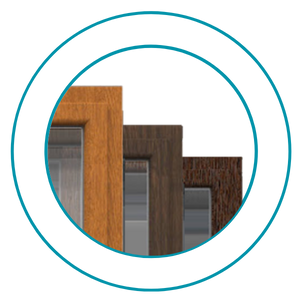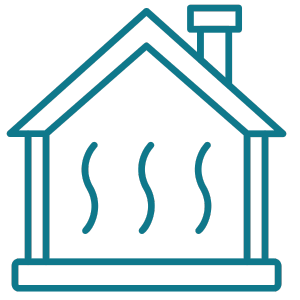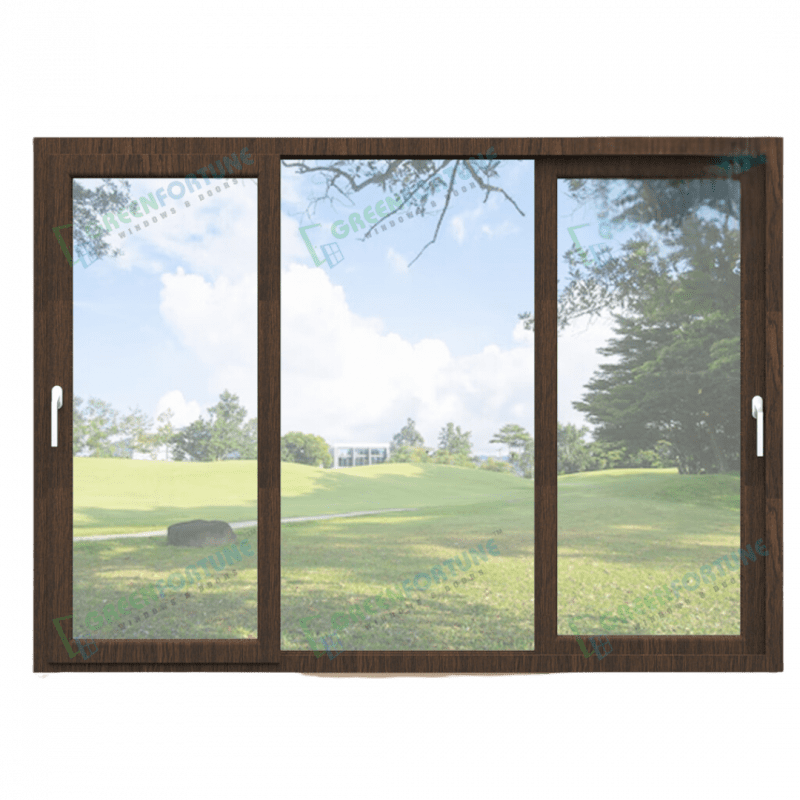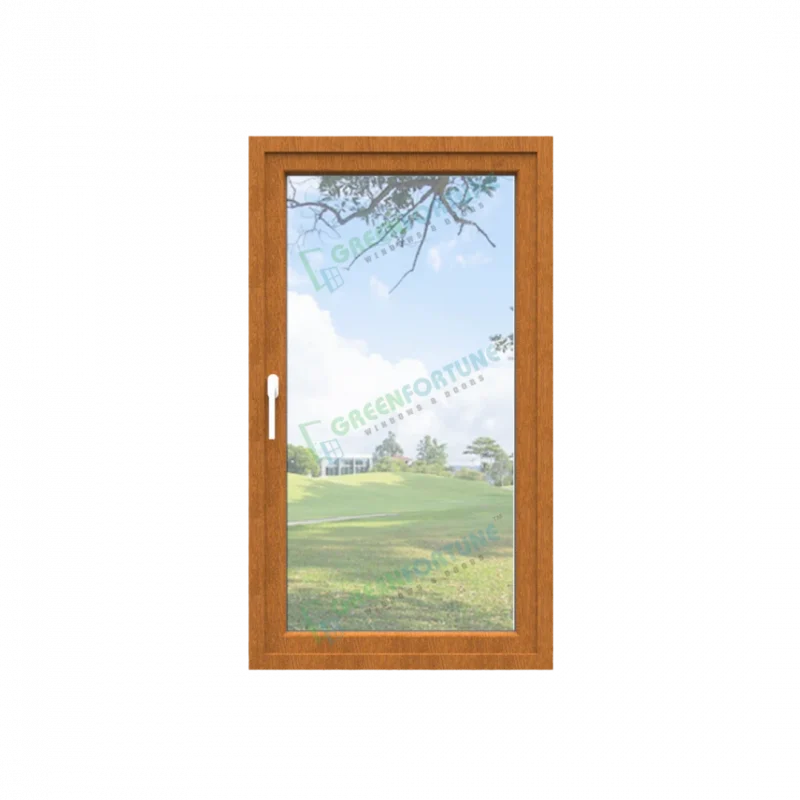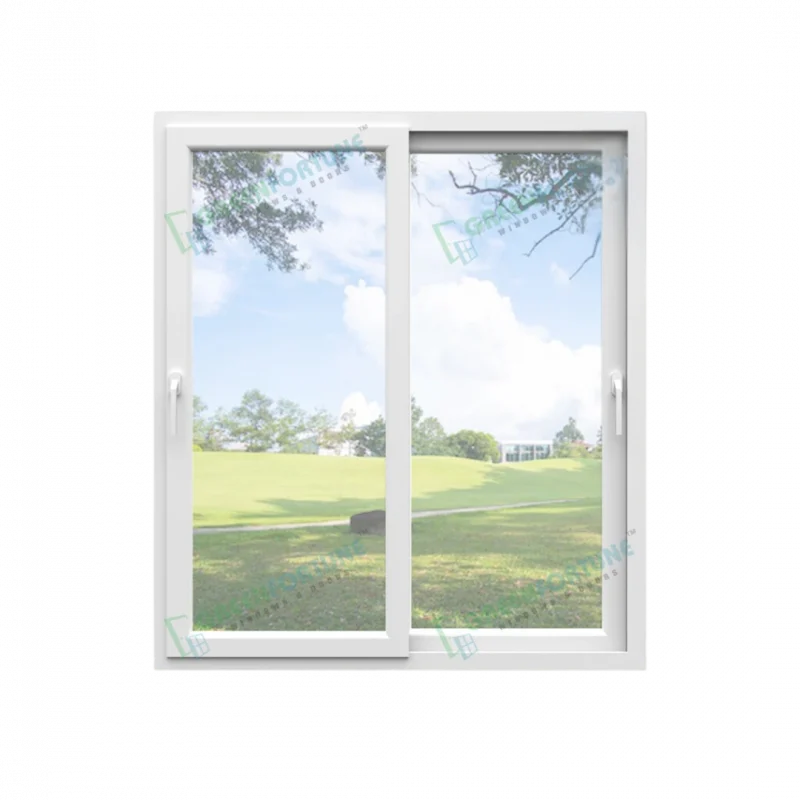Features of uPVC Doors for Kitchen
One of the important features of uPVC doors for kitchen is that they are highly durable. uPVC kitchen door contains high chlorine content that does not corrode or peel.
uPVC kitchen designs come with various options including sliding, casement, slide & fold, French, lift & slide, and customized options. Each style combines functionality, aesthetics, and practicality, ensuring an ideal solution for any kitchen space.
Benefits
FAQs about uPVC Casement Door
Which is better, uPVC or PVC doors?
uPVC doors, including options like the uPVC kitchen stable door, are stronger, more durable, and weather-resistant compared to PVC doors. Their rigidity, low maintenance, and versatile designs make them an excellent choice for kitchens and outdoor spaces.
What is a major disadvantage of using uPVC material for doors?
A significant drawback of uPVC doors is their limited design flexibility compared to wood or aluminium. Additionally, improper installation may lead to sealing issues, affecting performance.
Can we use uPVC for kitchen?
While uPVC is primarily used for doors and windows, it can also be an excellent material for kitchen due to its water resistance, durability, and ease of cleaning.
How long do uPVC doors last?
uPVC doors can last 20–30 years or longer with proper maintenance, thanks to their durability, corrosion resistance, and ability to withstand harsh environmental conditions without degrading.
Is uPVC safe for health?
Yes, uPVC is non-toxic, eco-friendly, and safe for health when properly manufactured. It does not emit harmful substances, ensuring a safe environment for kitchens and living spaces.
















